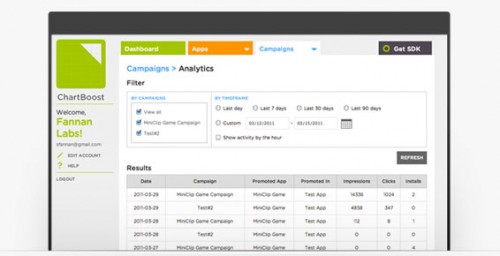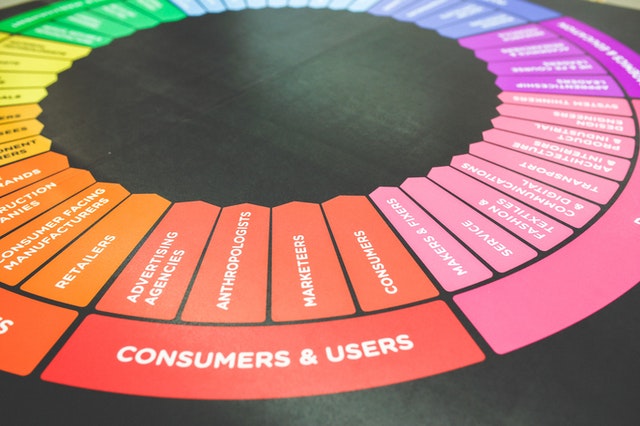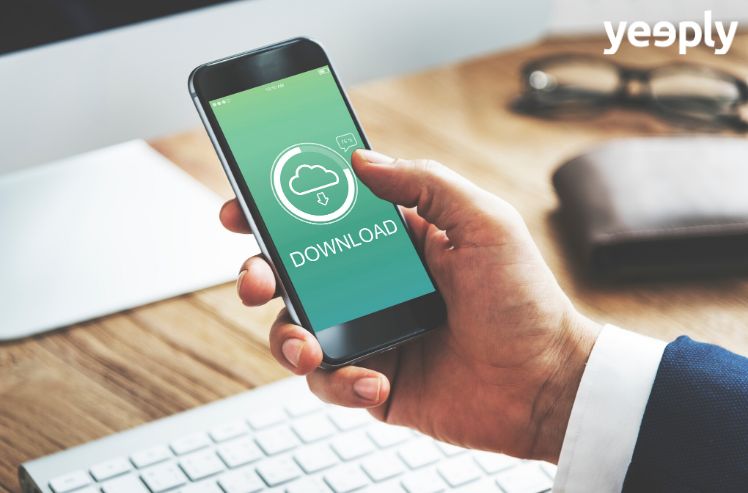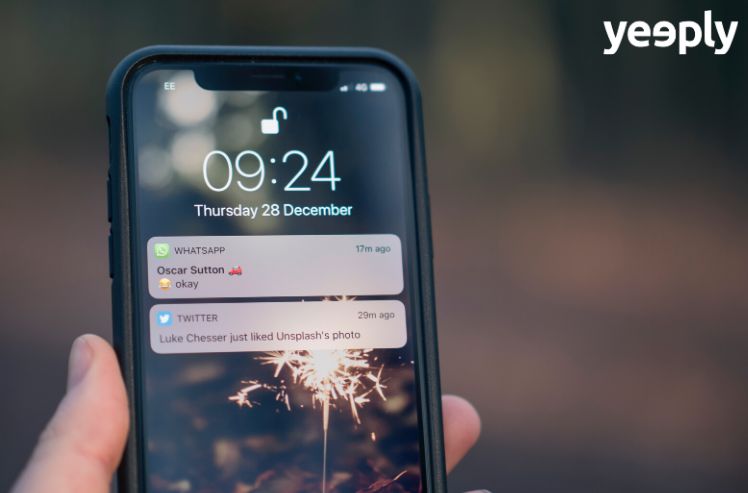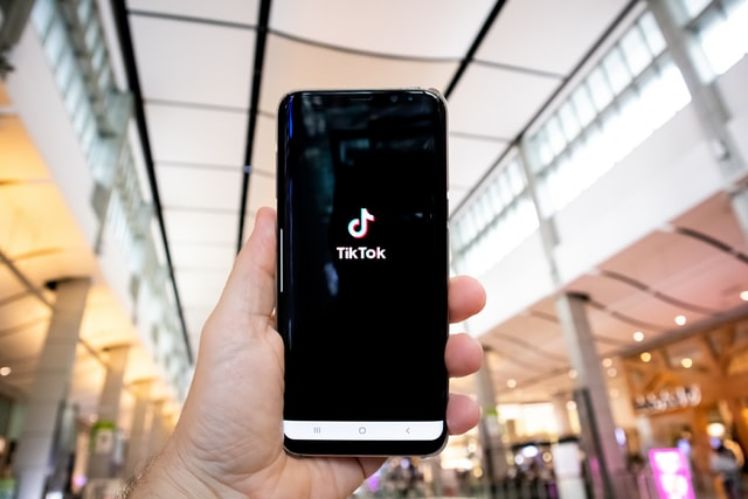Imagine that we are in a football match. Two teams take the field: the “Downloads” team − which seem to be very strong − and the “Loyal Users” team. Which team will you support? We’re sure that at first many of you may feel tempted to go for the “Downloads” team, right? This is our dilemma in the big match of mobile marketing. Let’s say our app is already developed and we’ve started an ad campaign and get excited every time we obtain a new download.
Good! Each new download is coming much faster than the previous one! But what happens next? Time goes by, the app’s budget gradually peters out and we start watching users fly away as quickly as they arrive to our app. What are they doing within our app? Most of them are just passing by. Is this what we are after?
Application downloads vs. loyal users
Regarding our mobile marketing strategy, it’s advisable to invest in mobile advertisements and incentivised downloads to promote our mobile apps. The fact is that you cannot launch ad campaigns thoughtlessly, without quite a lot of previous preparation and a little analysing afterwards. If our budget is tight, this investment should be done in a very elaborate and intelligent way.
And, as we have discussed in previous articles, analytics are critical for taking the best decisions. However, app analytics are the last thing to check when working with mobile ads. First of all, we must do some targeting to reach out to those users we’re interested in. Next, we should launch the ad and wait. And finally analyse. Let’s see each of these steps in more detail.
#1 TARGET
Most platforms carry out (or carried out) a more general targeting, limiting themselves to platform, operating system, device and location. We will now see in more detail some of these platforms and the targeting they allow us to do:
Facebook is one of the platforms that have worked the hardest on targeting. Do you know why? This social network is gathering all the information that we’re voluntarily handling to it since its very outset. At present − depending on the use we make out of it − it knows more about us than what we might know about our neighbours. Sticking to what we’re currently discussing, Facebook’s deep targeting allows us to take advantage of a series of benefits.
In the ‘More demographics’ section we can decide whether we want to show our ad only to people who are single − if our app is something along the same lines as Tinder − or only to parents with small children or teenagers − if our app is intended for kids −, among many other options. But there is much more regarding targeting.
We can choose people with certain interests, behaviours and connections (those who like our fan page or that of our rivals in the industry, for example). We believe this platform is very interesting due to this kind of features, especially if we have a fan page on Facebook linking to our app’s website.
Admob
Admob was one of the first ad networks to appear on the market and − like all Google ad networks (such as Adwords) − permits few targeting options. Admob allows us several publication options such as the days and hours of publication, something that we cannot really consider as targeting options. We can choose the day we want to publish our ad, for example. However, it’s true that it gives us the option to choose some targets like, for example, the kind of device on which we want our ad to be published. This first targeting is already important because, if we have an app for iOS, WE MUST NOT place our ad on Android devices and vice versa.
Admob’s targeting seems to be quite improvable but its retargeting is quite sound. What’s retargeting? Admob allows us to place our ad on the devices of those users who, for example, have already installed our app to remind them to run it to try new features or update it. This option is not conceived for increasing the number of downloads of our mobile applications but rather for re-engaging users who have forgotten us. And as they say: selling something to someone who knows you is easier than to someone who doesn’t. Retargeting takes advantage of this and encourages our users to start using our app again.
Chartboost
Chartboost is another ad platform focused and specialised in games. Their approach is showing your ads in the games being played by your potential users. Seems logical, right? This is the aspect that differentiates it the most and also means your greatest mobile marketing advantage when using it: you will be able to reach out directly to those players who you think will like your game.
#2 POST
No matter how hard we work on targeting and on trying to predict our ad’s results based on the estimates given to us by a given platform, we will not be certain about them until we publish it. However, don’t be afraid and take action! Begin with a low budget and increase it gradually while carrying out your analysis at the same time. What initial budget should we allocate to ads? Well, don’t invest less than € 300 in your ads during the first month, since otherwise your budget will disappear in minutes and the data obtained will not be representative.
#3 ANALYSE
Let’s go back to our “Downloads” vs. “Loyal Users” football match. It’s by analysing that we find out if we’ve obtained just one more download or if we’ve also obtained a loyal user. But what’s a loyal user for you? A loyal user is a user who has carried out some kind of action within your app. This will change depending on the application. In some apps it means users who have purchased something; on other apps it might be those who have run the app several times or those who have registered themselves. The conversion goal and the main objective that you have been focusing on during the app’s design phase will both have a great impact on whether users downloading your app are loyal or not.
We imagine that − at this point − you will all be cheering with us for the “Loyal Users” team and design your mobile marketing strategy and your ads accordingly to obtain this kind of users, as they will ultimately be those monetizing your application.


